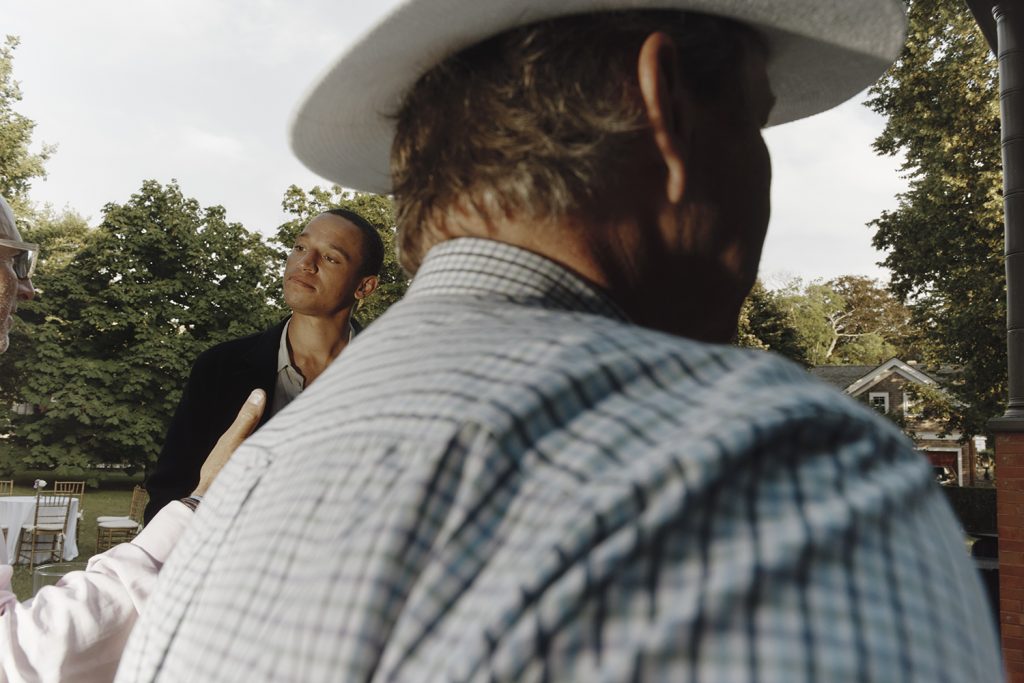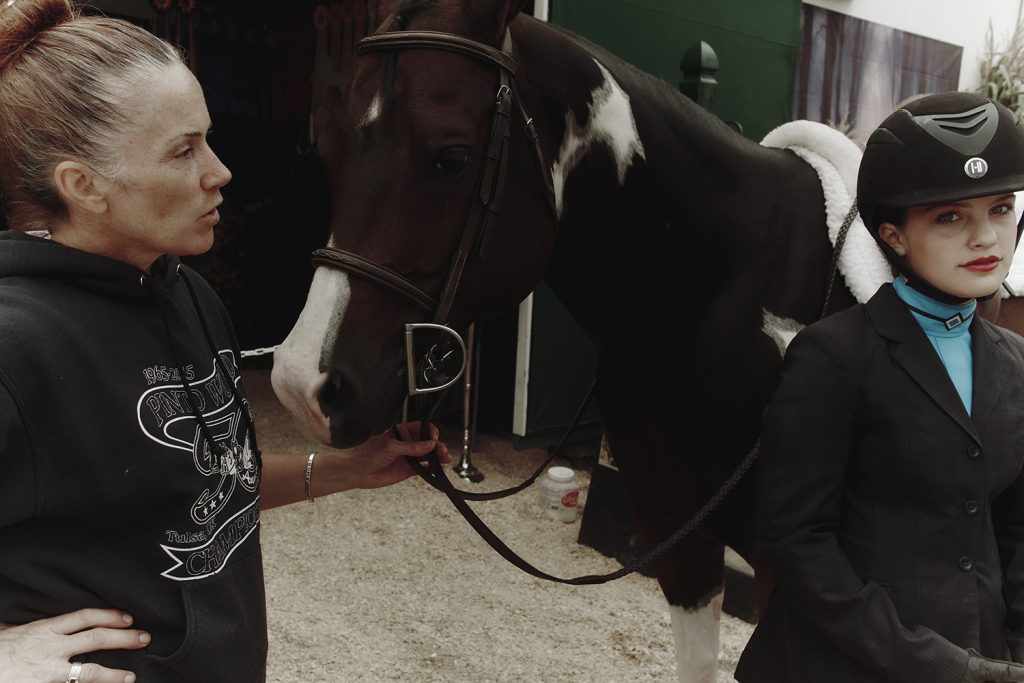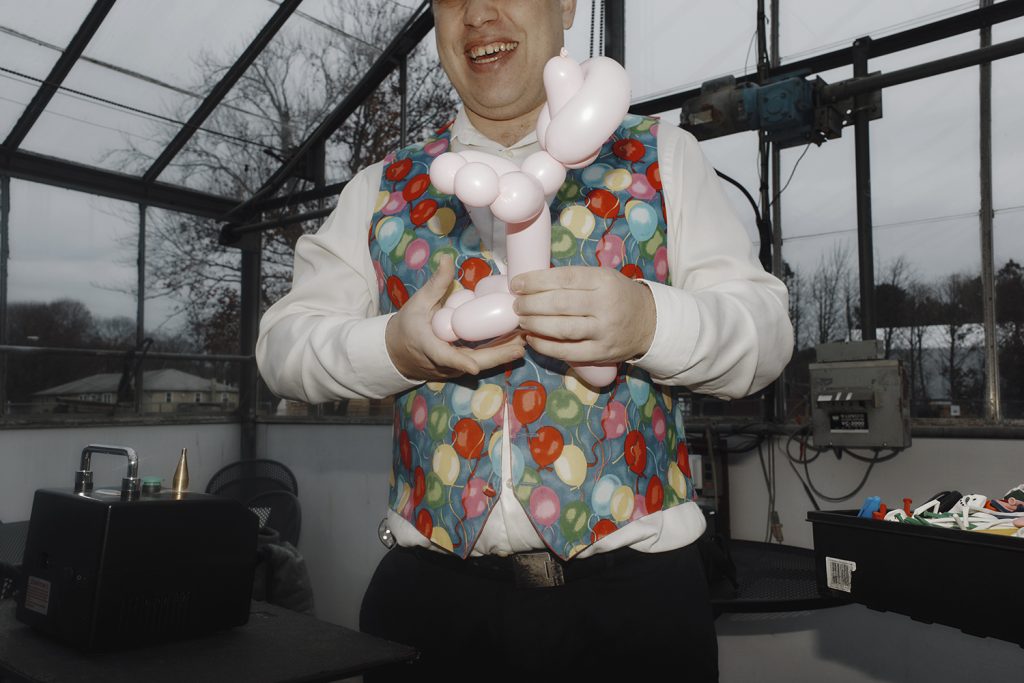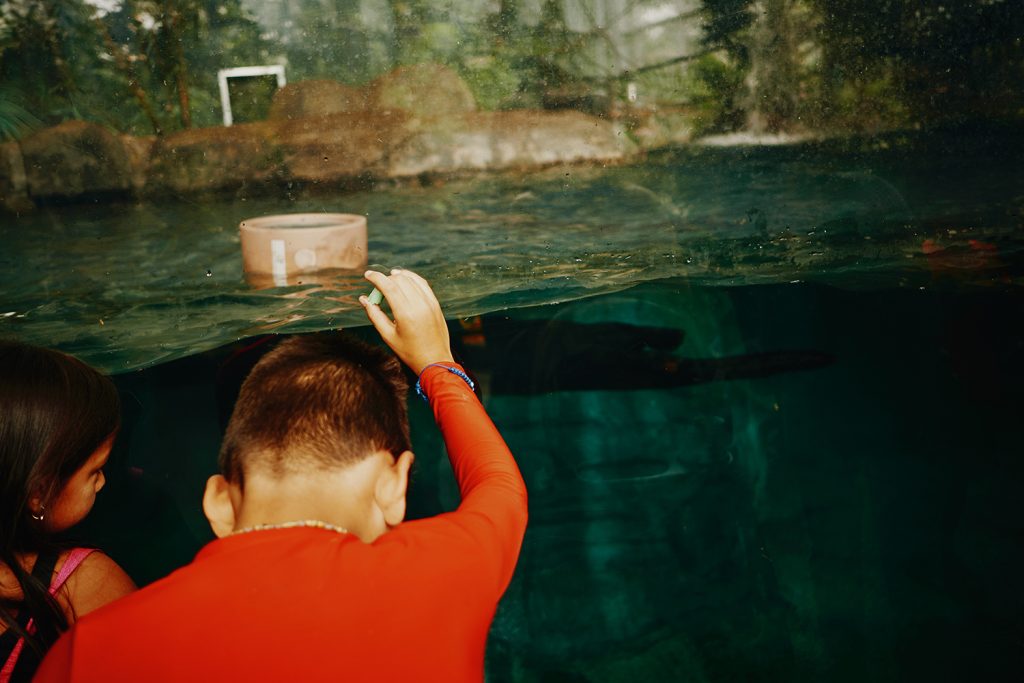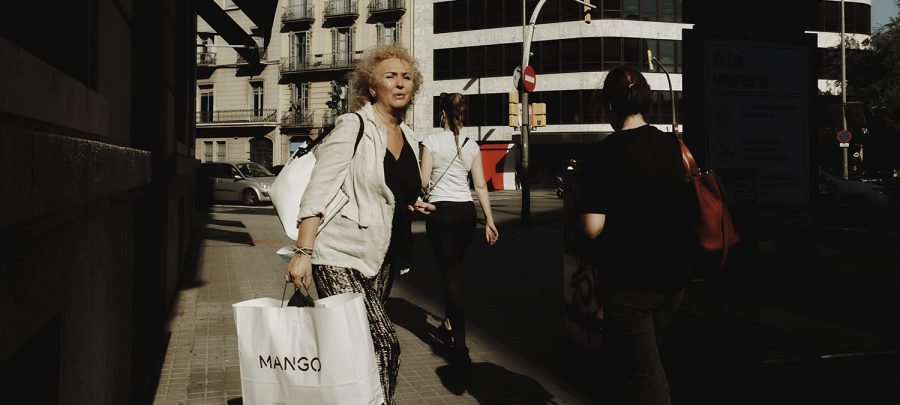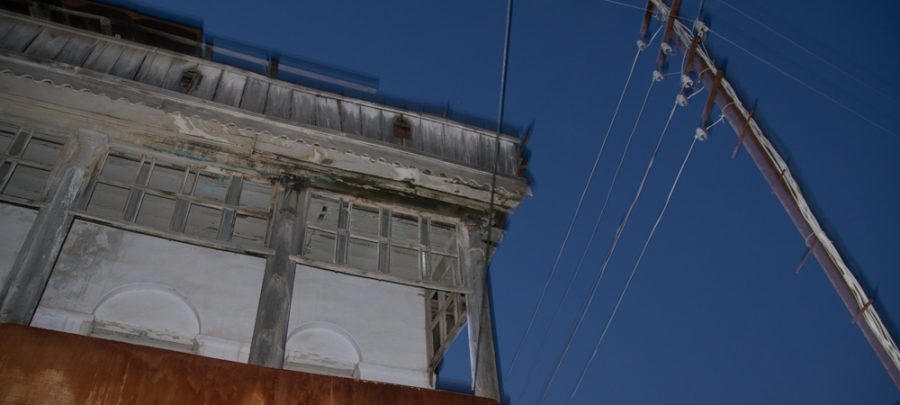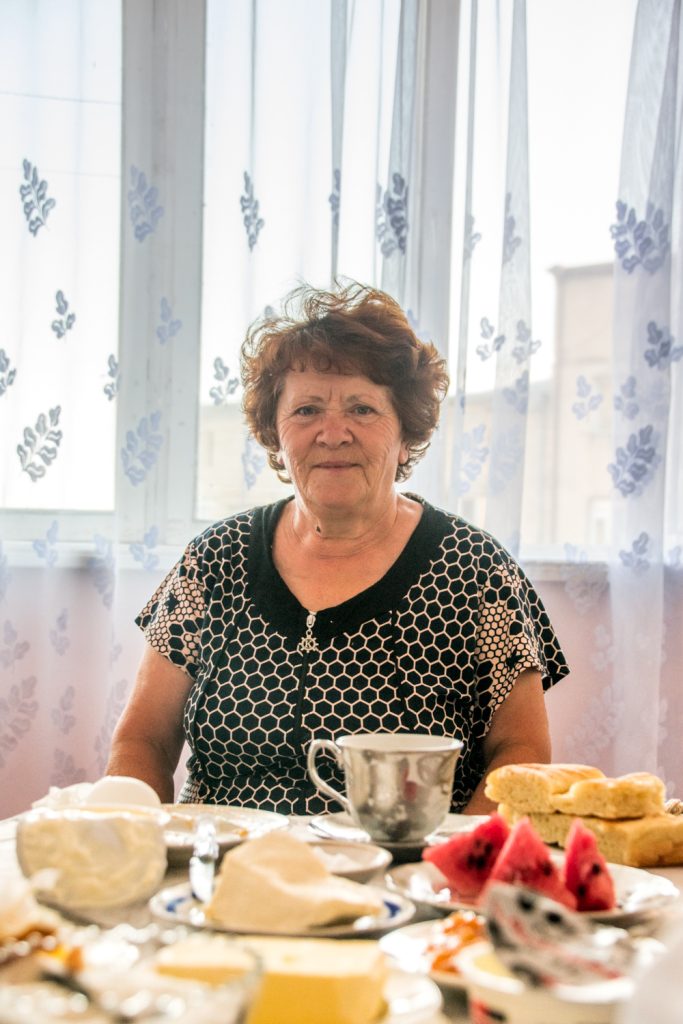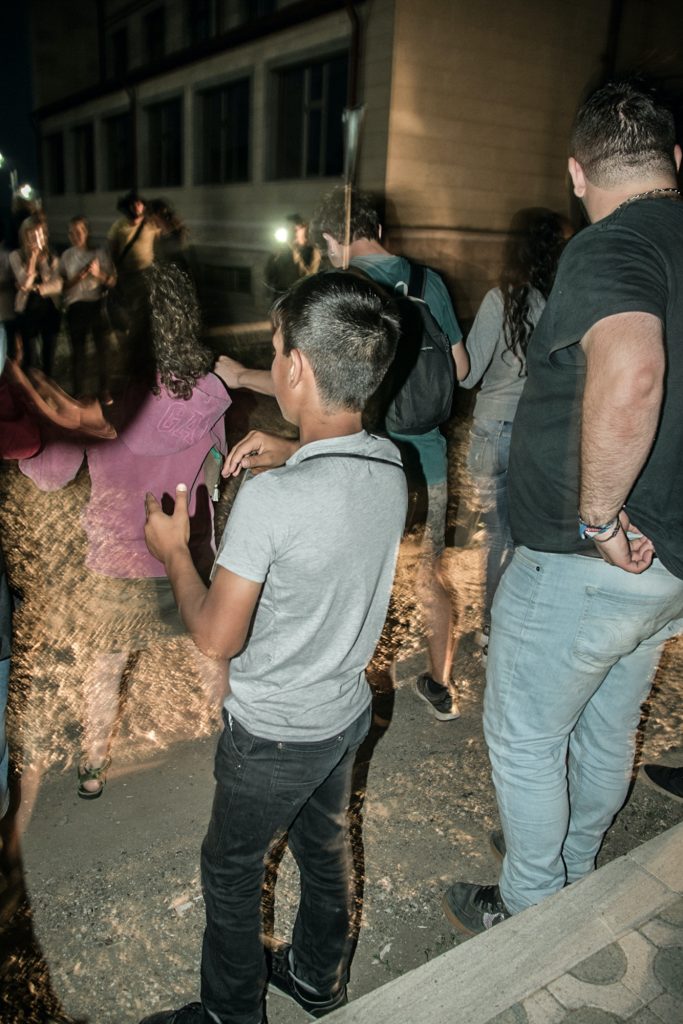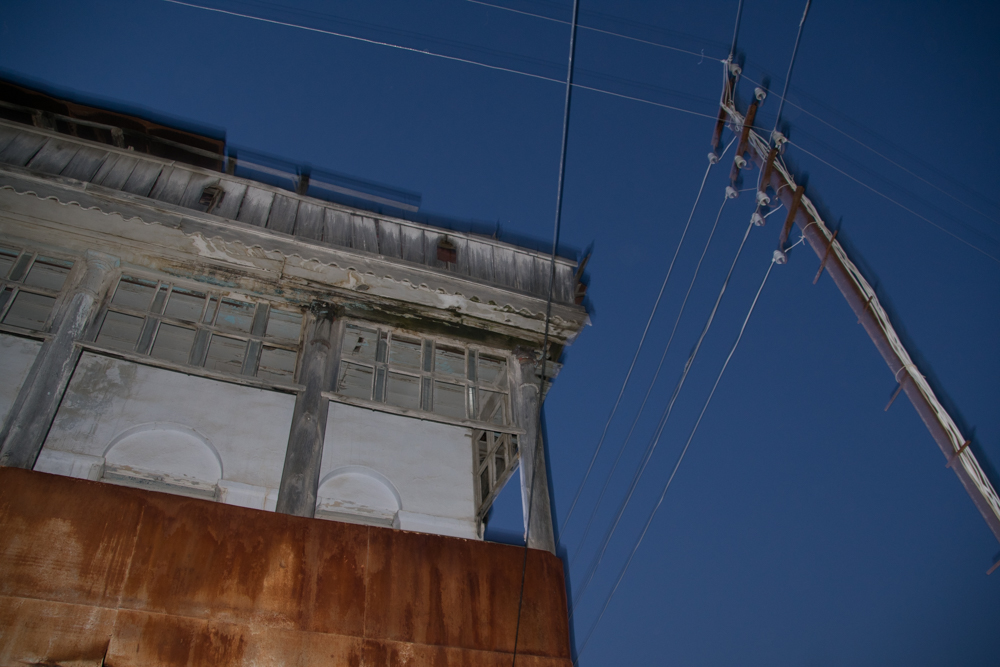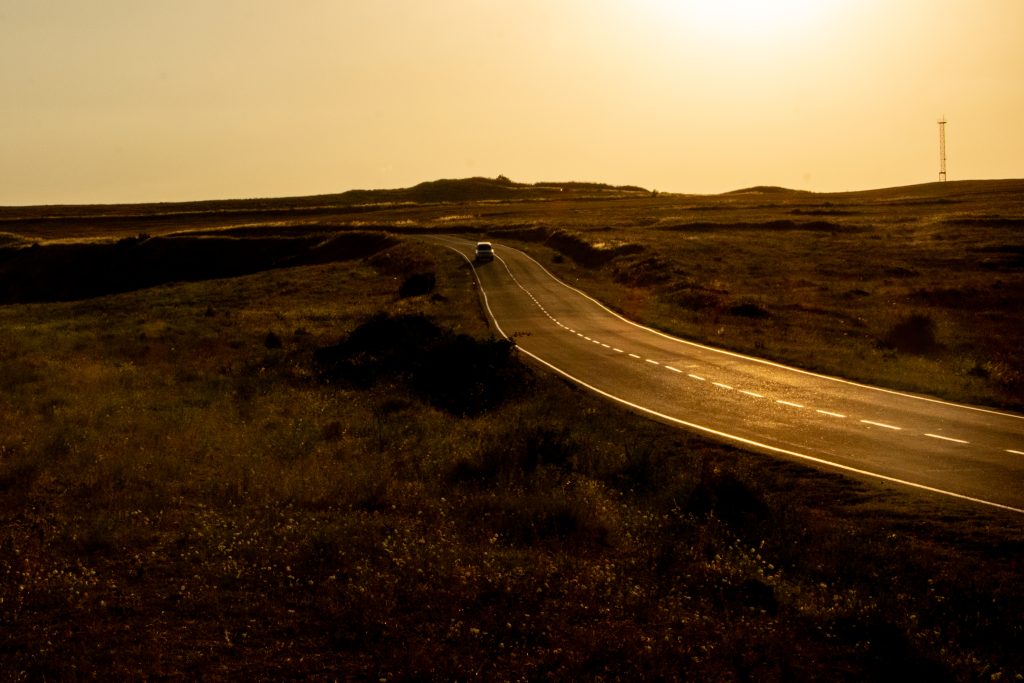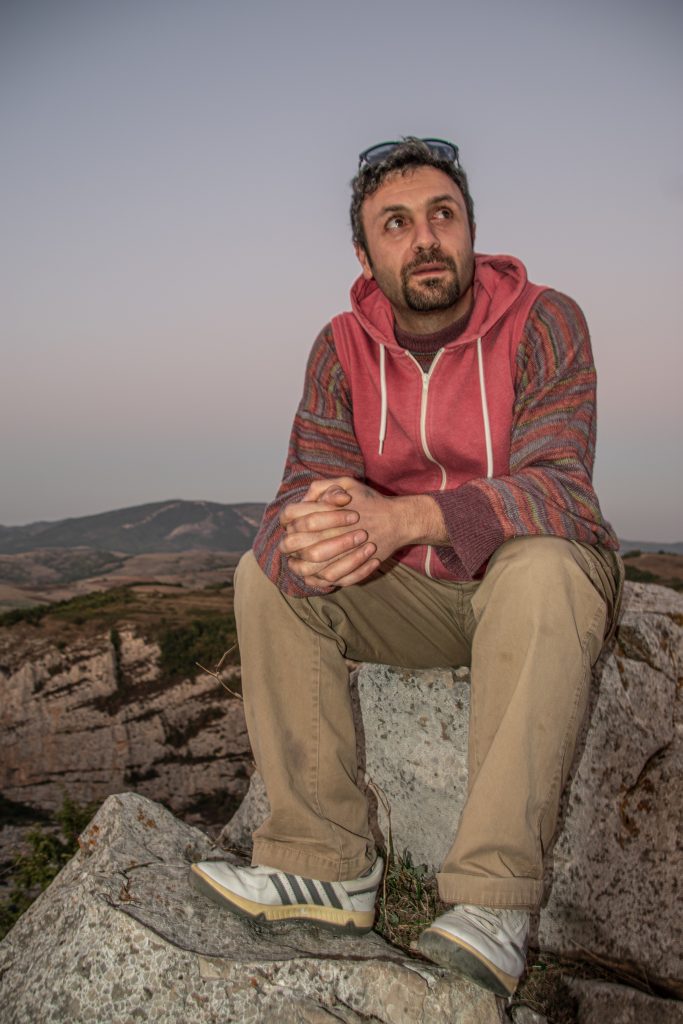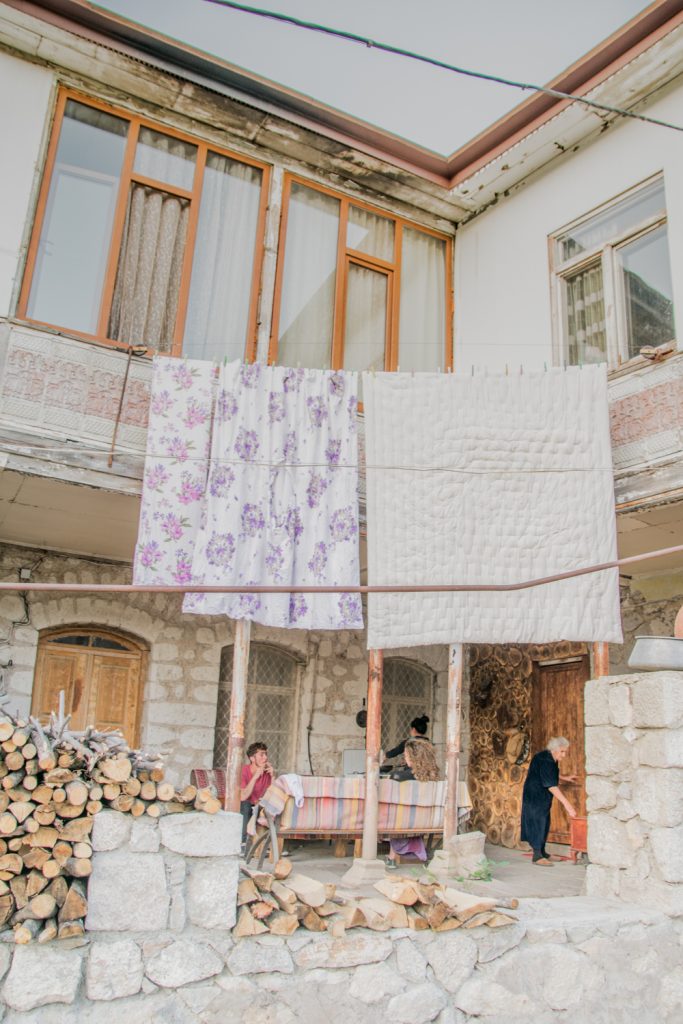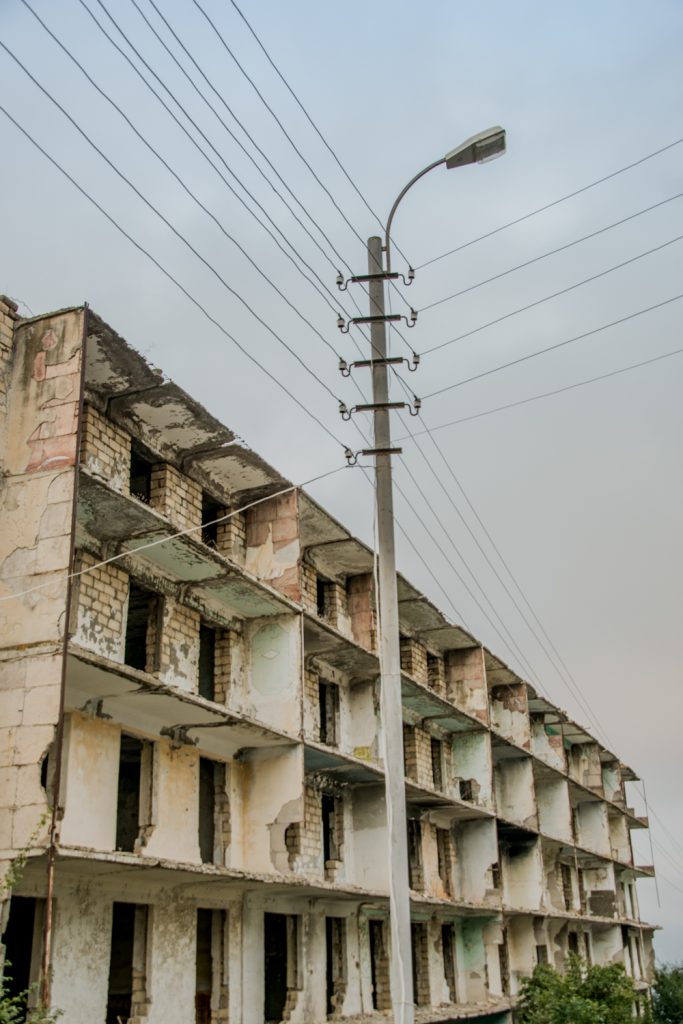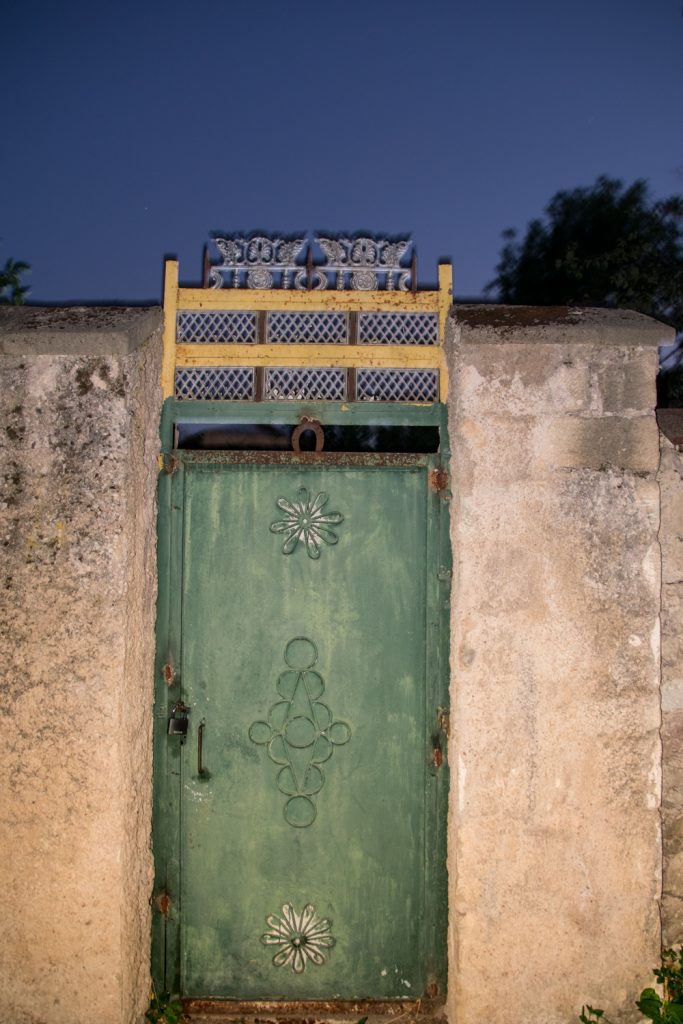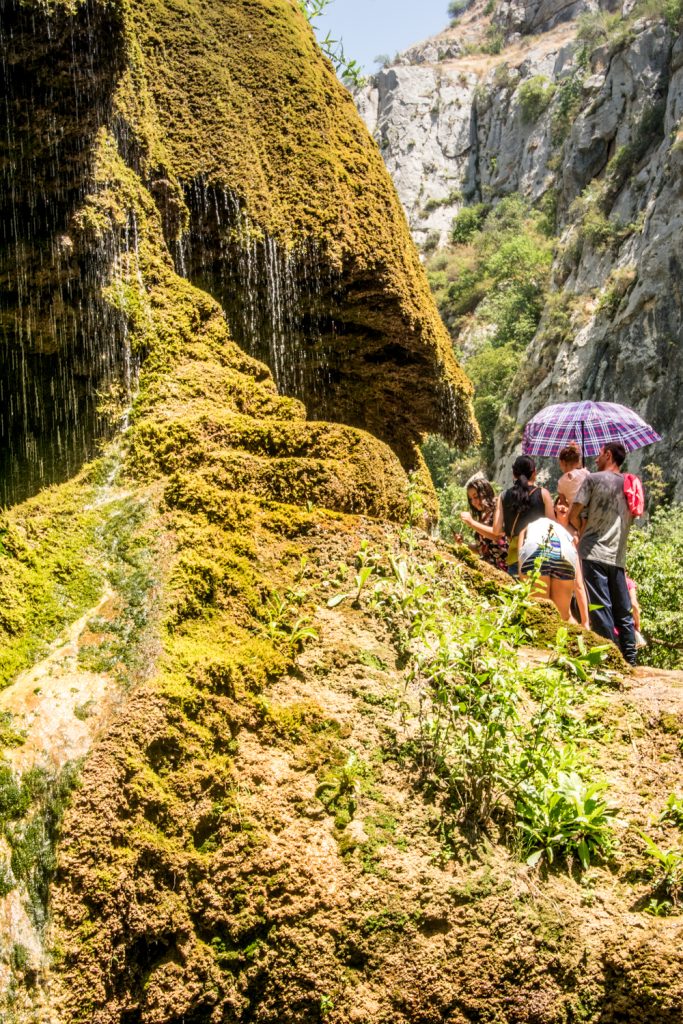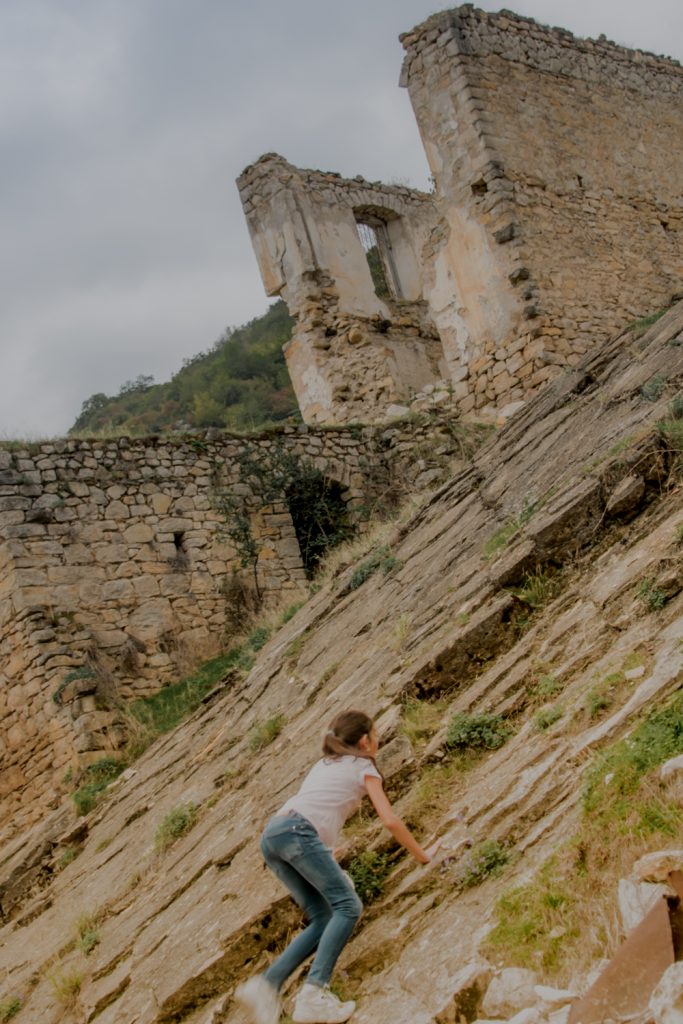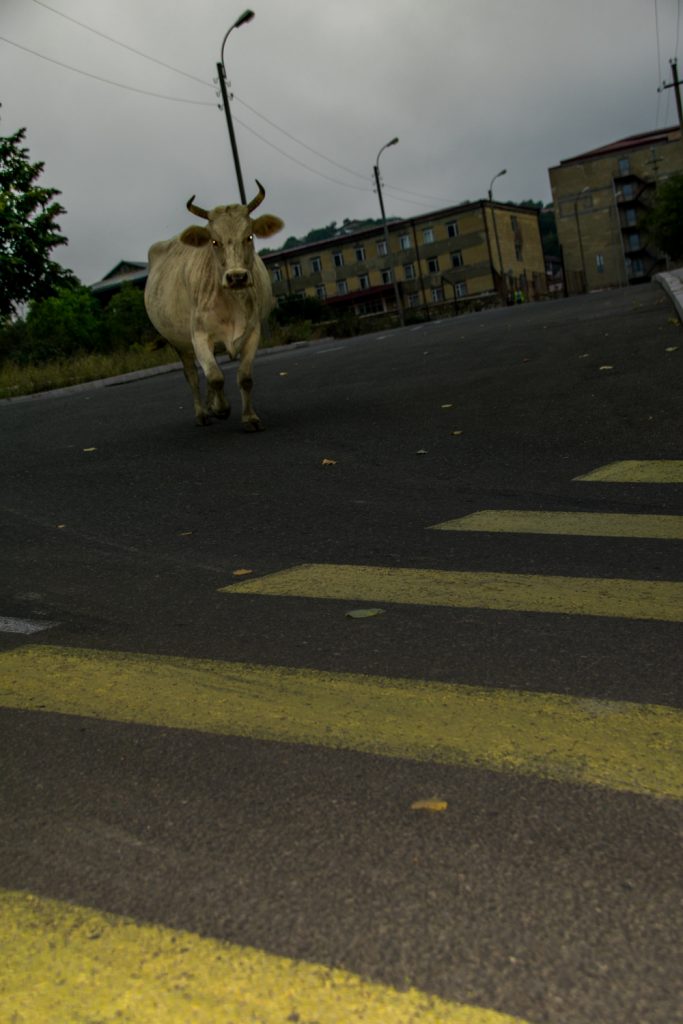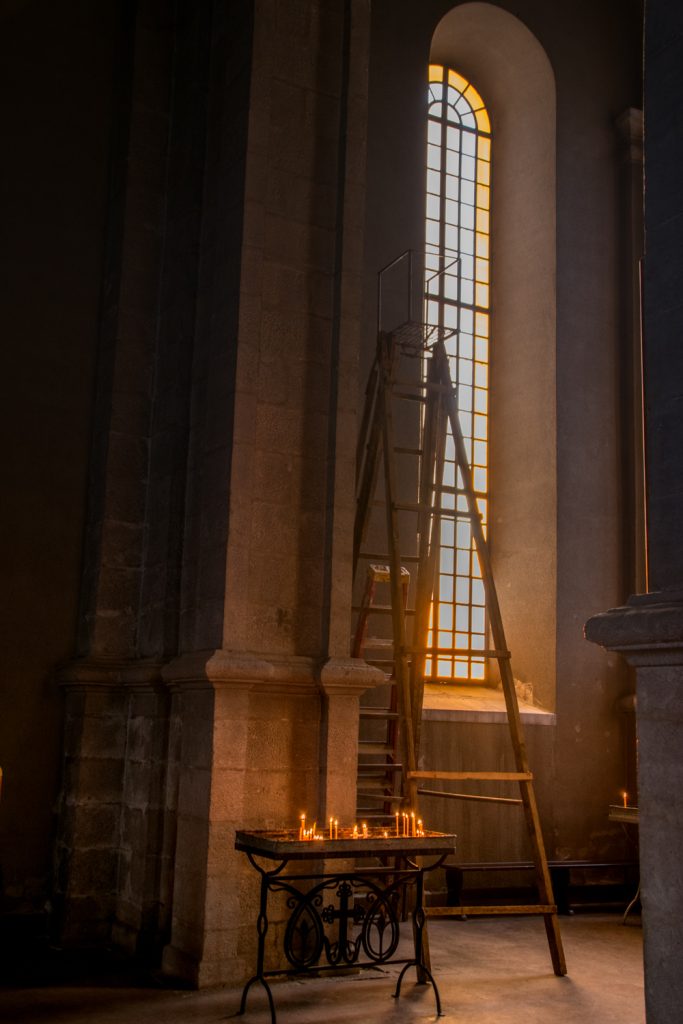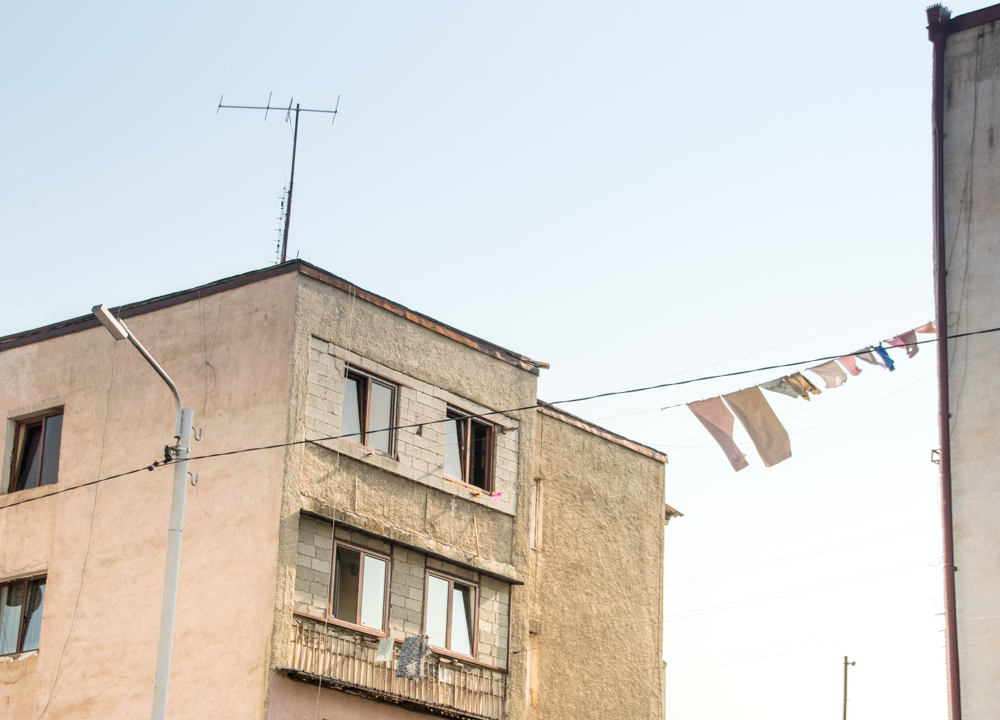Interview by Sofia Bergmann, Photos by Tony Luong
For our sixth tIR Spotlight article, we spoke to the Boston-based freelance photographer Tony Luong about his work and navigating the industry while harnessing one’s own creative footprint.
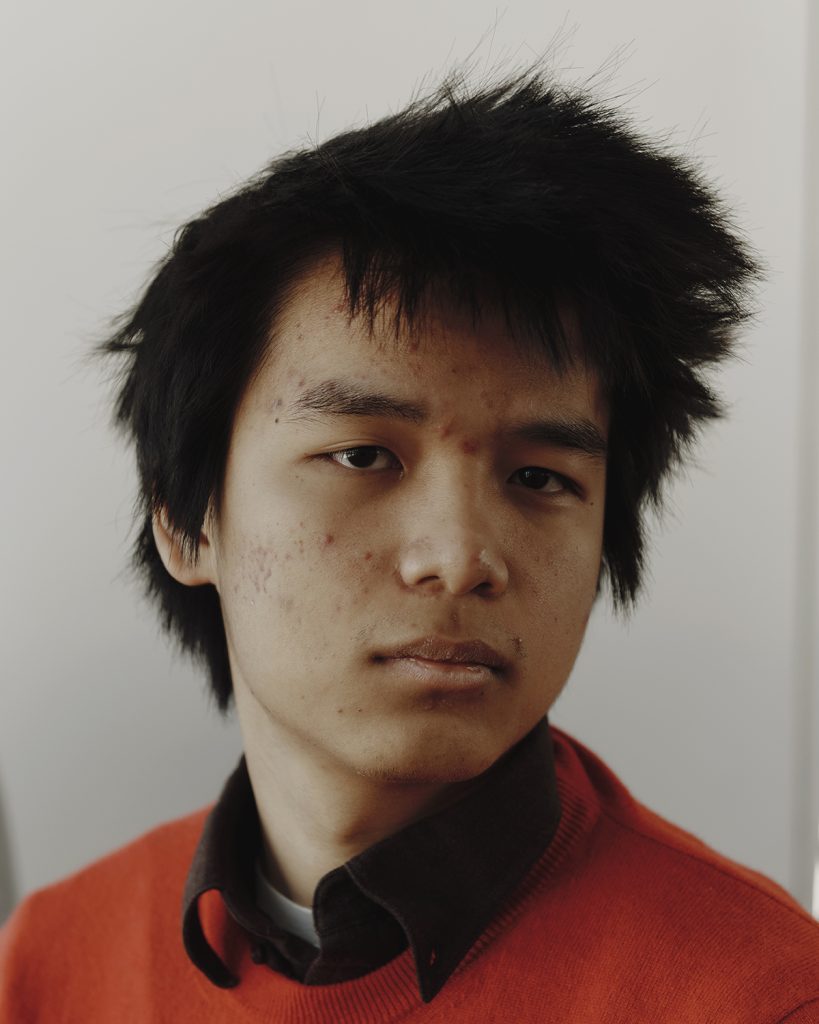
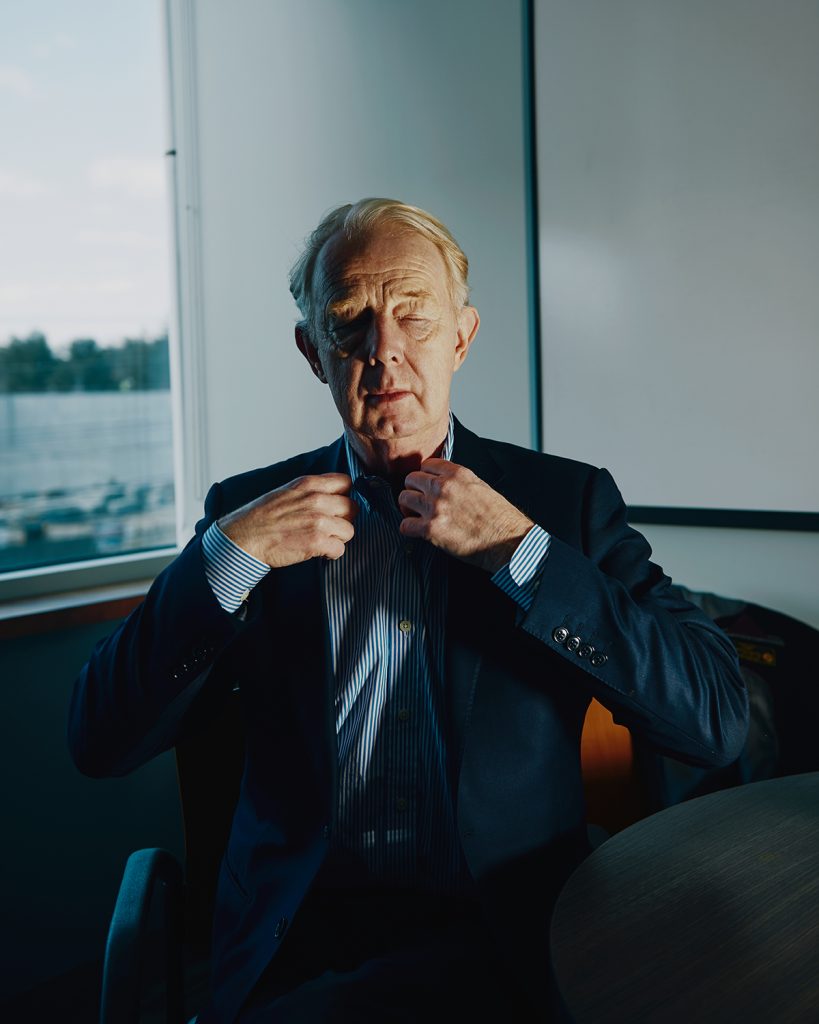
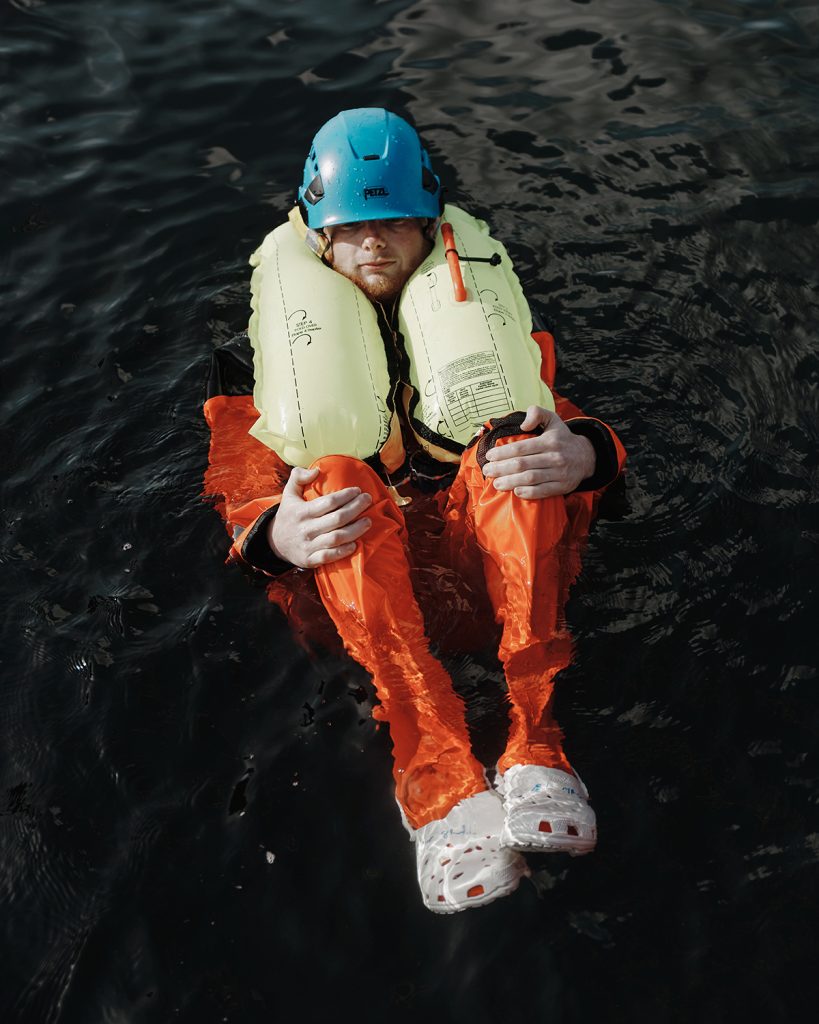
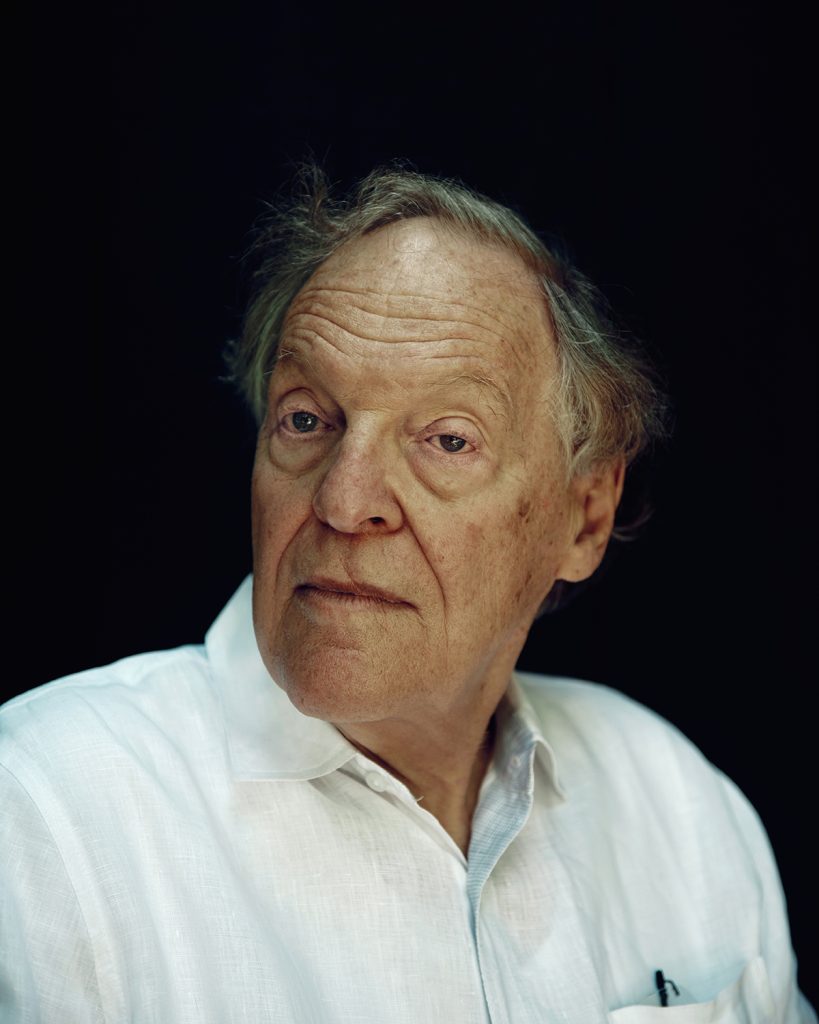
It often starts with: “Hey, how’s your week going?” before the camera even clicks. Tony Luong has photographed in just about every situation, always striving to find a common ground with even his most difficult subjects. His photos lend a glimpse into his pursuit in capturing the human experience. “Whether commercial, reportage or portraiture and what not, a lot of it is rooted in my interest in the human condition and how that is portrayed. That can be kind of applied to any job, it’s more about my interest in how we navigate interacting with others,” he said. He has worked as a freelancer since 2015 and has cultivated an aesthetic that is somehow both foreign and familiar, making sure it always shines through in his work no matter who the client is.
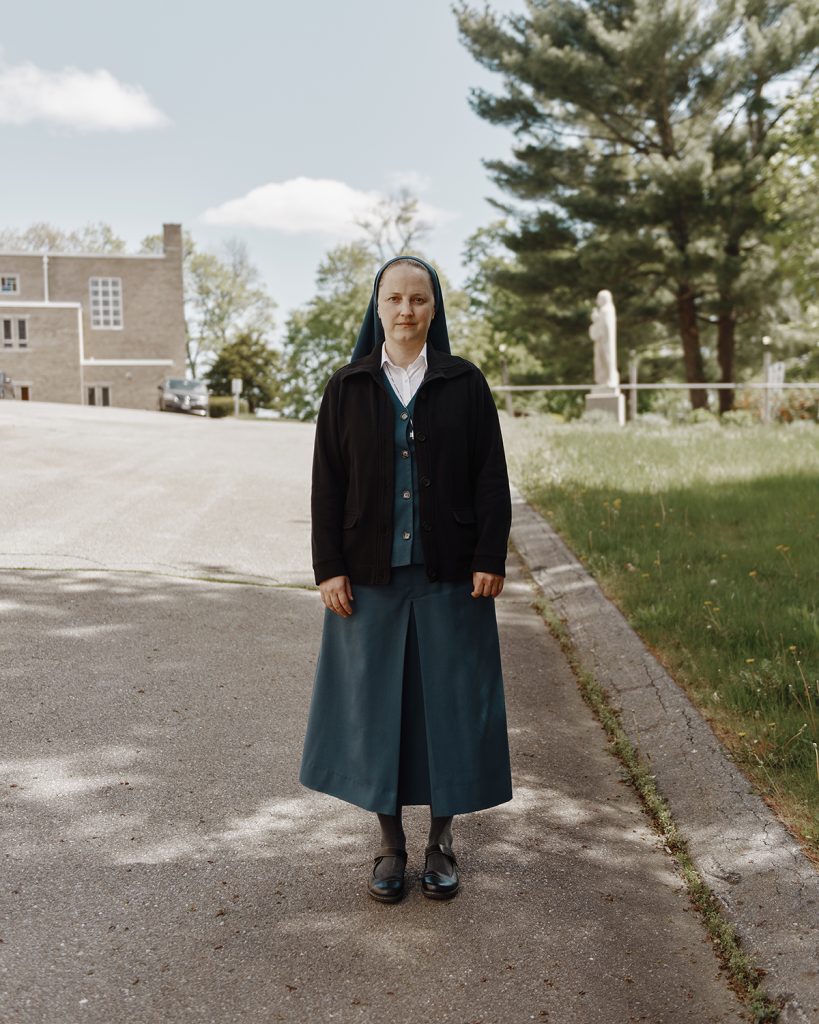
His journey started in 2010 when he opened up a tumblr page. “To be frank I didn’t think it would work,” he said, “I knew I had an interest in photography, I also kind of took things in stride and I understood that everything small or big, is some kind of step forward to having some sort of career.” After graduating from Massachusetts College of Art in 2009 with a Masters in Fine Arts, it was thanks to tumblr, following newsstands, and growing a community that he first got his foot in the door. He has since been commissioned by some of the magazine-greats: National Geographic, Rolling Stone, Die Zeit, The New York Times, Wall Street Journal Magazine, The Atlantic, TIME, The Guardian Saturday Magazine, among others.
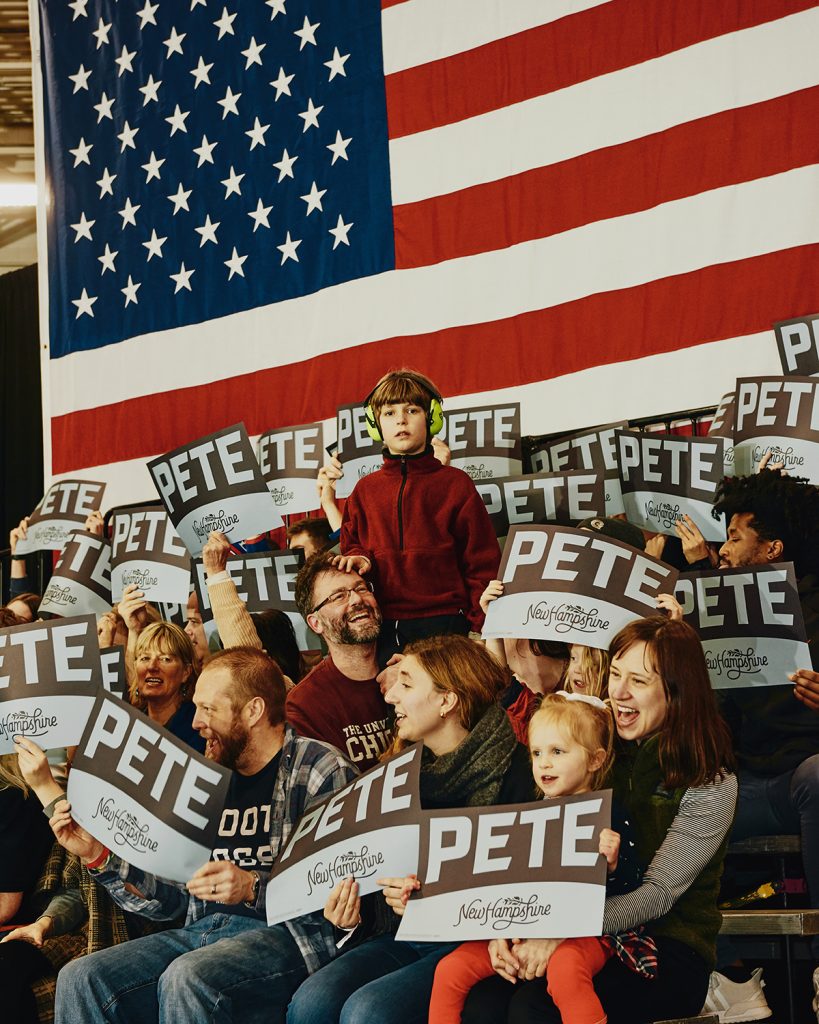

His commission for TIME covering the Democratic Primary elections in New England was one his most exciting recent projects. “That was a very reaffirming assignment because it granted me so much freedom to fulfill. It gave me the permission to do what I really like to do,” he said. He also photographed the artist Jenny Holzer this year, first for a commission with The Guardian and a second time as per her own request – a testament to his ability to put people at ease in front of the camera.
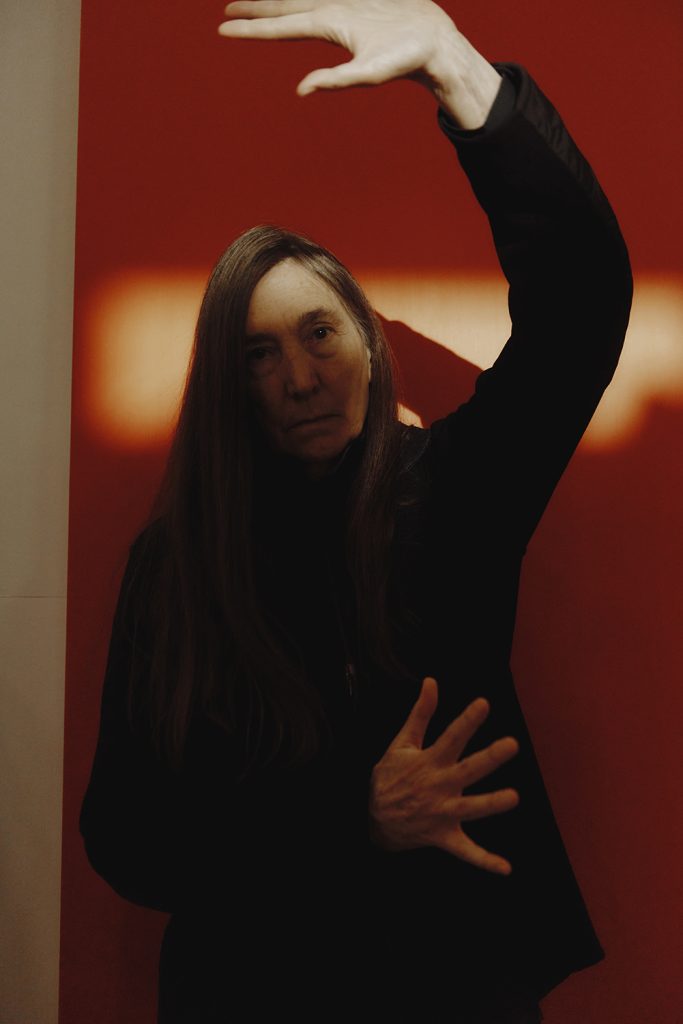
Gaining people’s trust is perhaps a prerequisite for a portrait-photographer: “Nobody really likes being photographed. I wouldn’t like it and I know the person that I’m typically photographing won’t like it either. It’s always been in my best interest to be as present and be as much of a regular human as possible. At the end of the day, people just want to feel like they have a good foundation of trust.”
Regardless of the job at hand, Luong likes his photos to be intriguing, maybe even confusing. “I’m always trying to think about how to make you exist within a gray area when you’re looking at a photo…I don’t want you to have full answers.”
